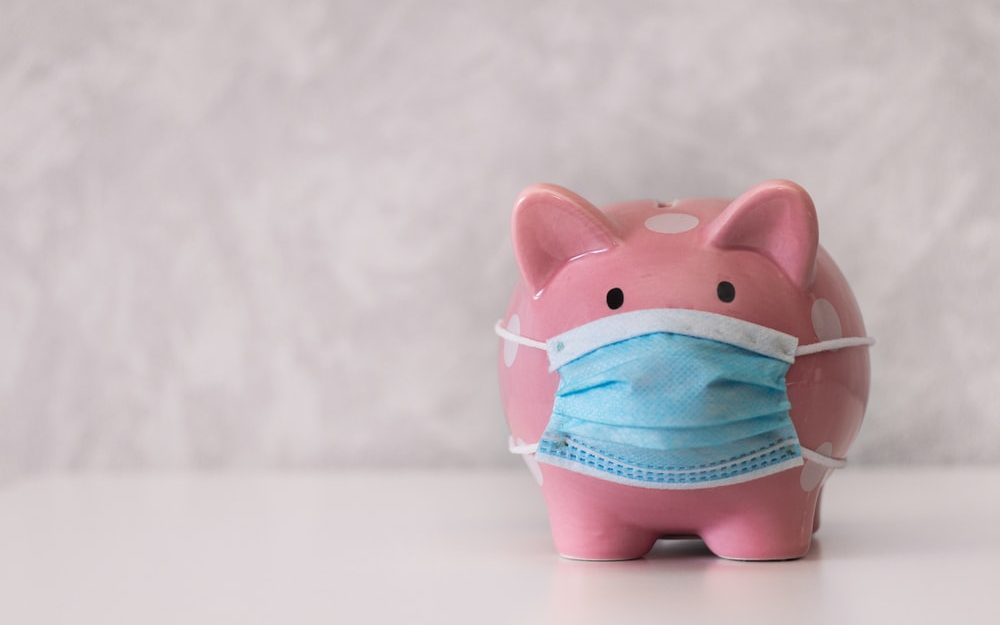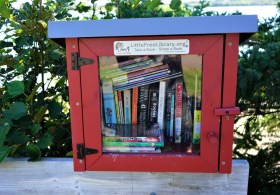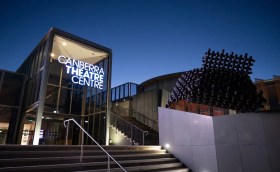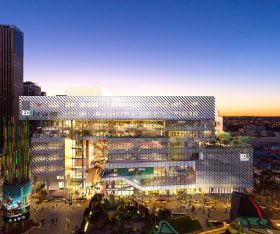A New Approach (ANA) has presented its latest findings from their CFG (Cultural Funding by Government) survey in The Big Picture 2: Public Expenditure on Artistic, Cultural and Creative activity in Australia in 2007-08 to 2019-20.
ANA CEO Kate Fielding highlighted that while Australia is a culturally active country, ‘[we are] currently ranked 23 out of 34 countries for expenditure on culture, recreation and religion and across the OECD (The Organisation for Economic Co-operation and Development) – the average expenditure is 1.23% of total GDP while the Australian figure is only 0.95%.’
While increases in funding, especially through COVID-19 support packages which totalled $4 billion, were welcomed, Fielding is calling for further actions towards the National Cultural Plan.
Read: Parliamentary inquiry gives us a plan for a plan
‘Investing in arts and culture is a shared responsibility, but a National Cultural Plan would be a good way of coordinating action across federal, state and territory and local governments with one of the goals to boost expenditure as a percentage of GDP,’ Fielding added.
How much does Australia spend on arts and culture?
Building on ANA’s findings in September 2019, The Big Picture 2 uncovers the opportunities COVID-19 offers for significant reform.
COVID-19 has necessitated the beginning of significant reform, which can respond to both pandemic, natural disasters and broader industry changes in creation, distribution and consumption.
ANA report The Big Picture 2
Of the $4 billion COVID-19 support in the last four months of the 2019–20 financial year, 98.8% came from the Federal Government. However only half the states and territories were able to report on their COVID-specific cultural spending.
Cultural expenditure overall was split more evenly between the levels of government compared to 2007–08. The Federal Government contributed 37.9%, State and Territory governments 36.7% and local governments 25.3% to total cultural expenditure by governments in the 2019-20 financial year.
Delving into the stats reveals that while expenditure on arts and culture across all levels of government reached a new high ($7.26B) in 2019–20 (excluding COVID-19 support) increase in real terms between 2017-18 and 2019-20 was marginal. The report found that total expenditure increased by just 0.6% – only slightly faster than inflation.
While cultural spending still lags behind population growth (6.9% decrease per capita since 2007–08), total capital expenditure in the arts has increased 5.6%.
Read: Young Australians see the arts as ‘inseparable’ from their lives
Museums, Libraries, Archives and Heritage is the expenditure category which received the highest proportion of cultural spending throughout the three levels of government (42%). 31% went to Film, Radio and Television and 27% to Arts in 2019–20.
Opportunities to better support Australia’s arts and culture
The report includes seven recommendations to ensure government investment in arts and culture unlocks opportunities across the country for Australians to create, experience and participate in a rich cultural life. They are:
- Development and implementation of the National Cultural Plan, to facilitate more effective collaboration between Federal, State, Territory and Local governments and strategic initiatives.
- Design and implement mechanisms to boost cultural expenditure by governments as a percentage of GDP to at least the OECD average within the next decade.
- Create a standing item for the development of the National Cultural Plan on the National Federation Reform Council agenda to encourage better communication and strategic planning.
- To conduct the CFG survey every financial year (currently conducted every two years) while COVID-19 is still disrupting arts and cultural organisations and special support mechanisms are in place.
- The proposed Productivity Commission inquiry ‘into the legislative arrangements which govern funding of artistic programs and activities at all levels of government’ should proceed and take a broad approach towards understanding the source and intended purpose of this investment, including the expected cultural, social and economic benefits from this investment.
- Build on the work of Infrastructure Australia to 1) implement a coordinated national approach to arts and cultural infrastructure and 2) facilitate greater collaboration between Federal, State and Territory and Local governments for cultural infrastructure programs. While growth in capital expenditure is encouraging, investment in cultural infrastructure needs to be matched by resources to ensure this infrastructure can be utilised and maintained.
- Take an industry transformation approach to supporting arts and cultural organisations in expanding digital offerings and access, given the importance that Australians are now placing on digital engagement with arts and culture.
The report concluded: ‘It is clear that Australia urgently needs to design and implement mechanisms to boost cultural expenditure as a percentage of GDP to at least the OECD average within the next decade and ensure that its per capital spending keeps pace with its population.
‘Achieving this will require commitment and courage from all parts of the ecosystem – including philanthropists, businesses, non-governmental organisations, individuals and creators – as well as from governments.’
Read the full The Big Picture 2: Public Expenditure on Artistic, Cultural and Creative activity in Australia in 2007-08 to 2019-20 report.





